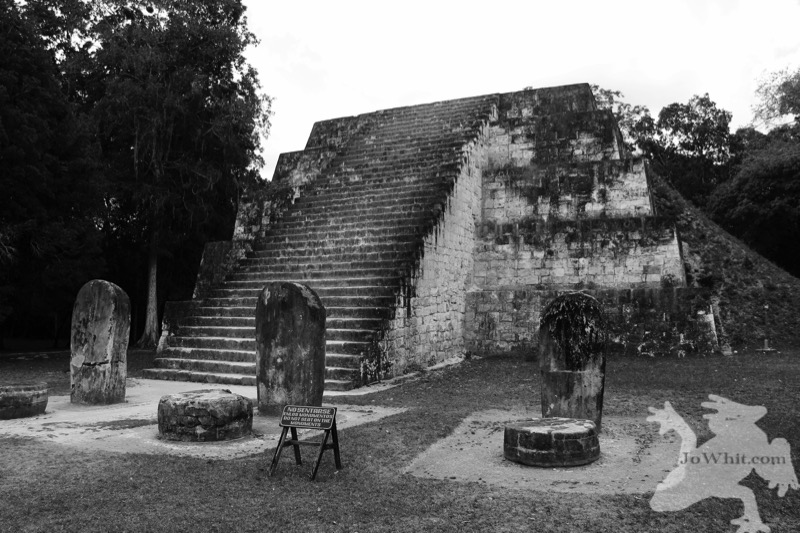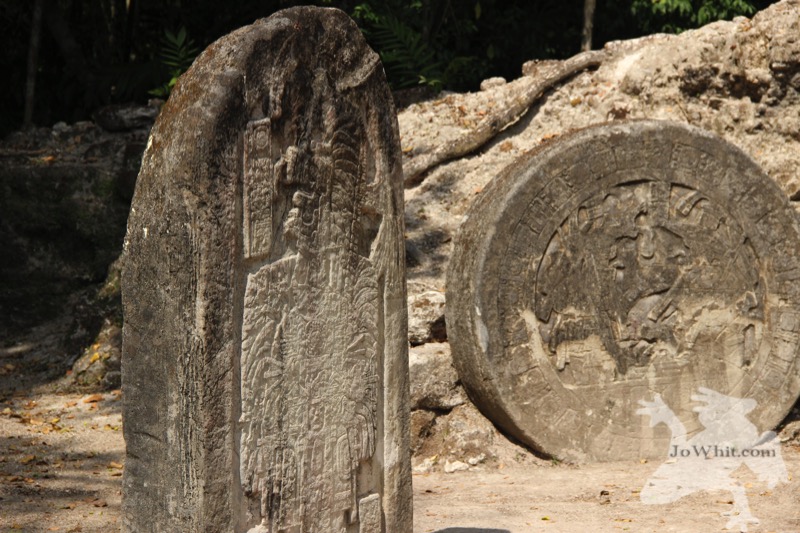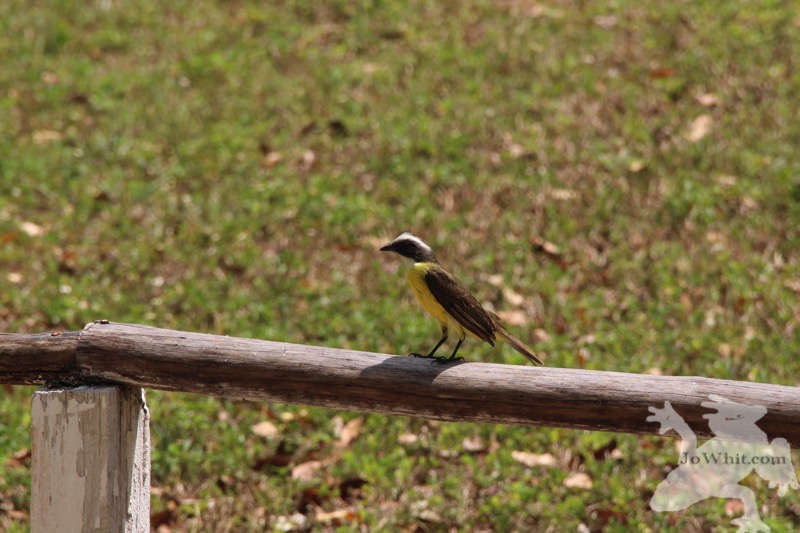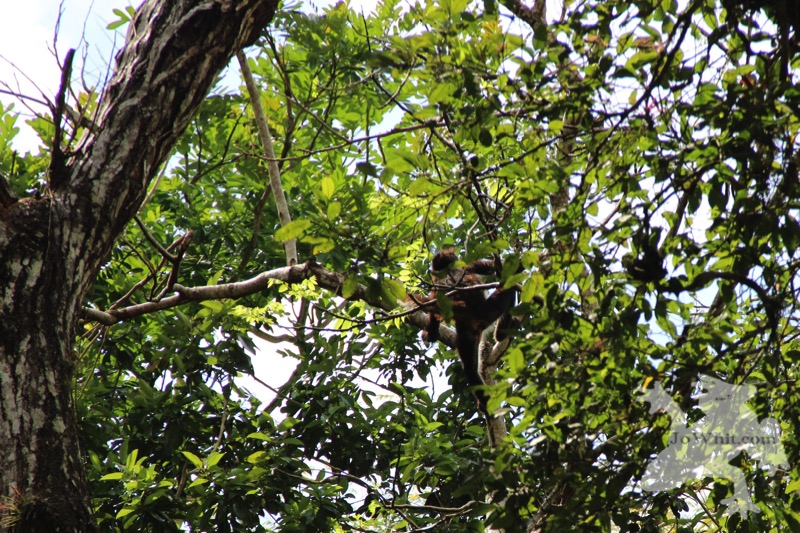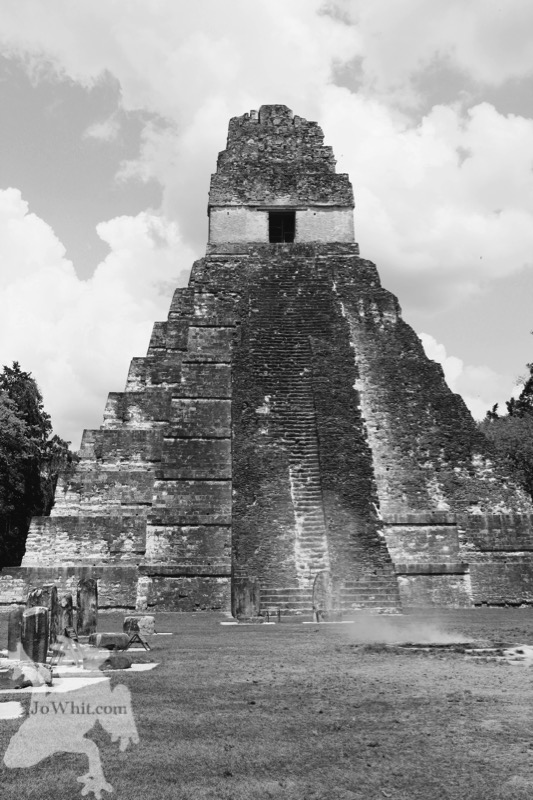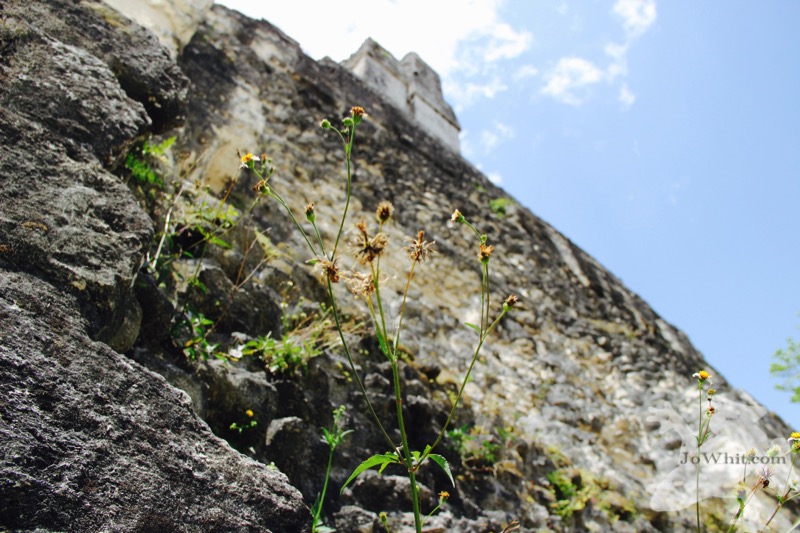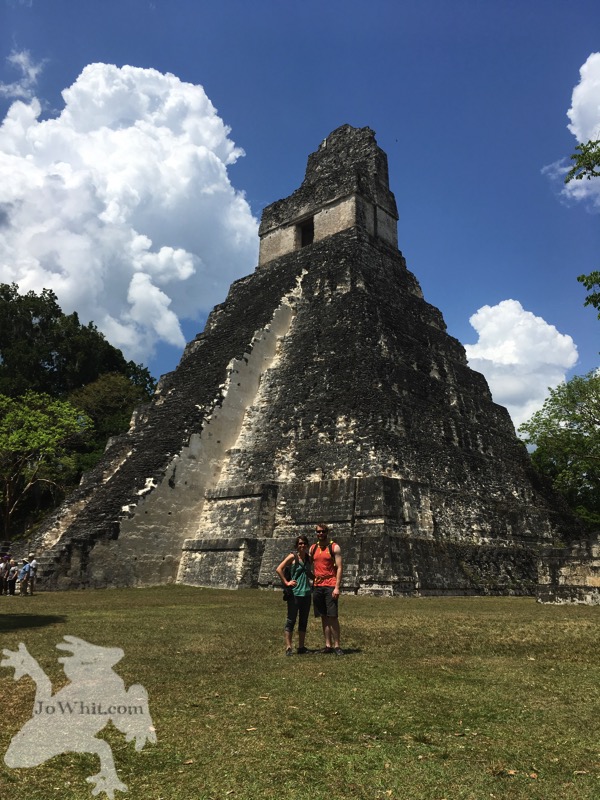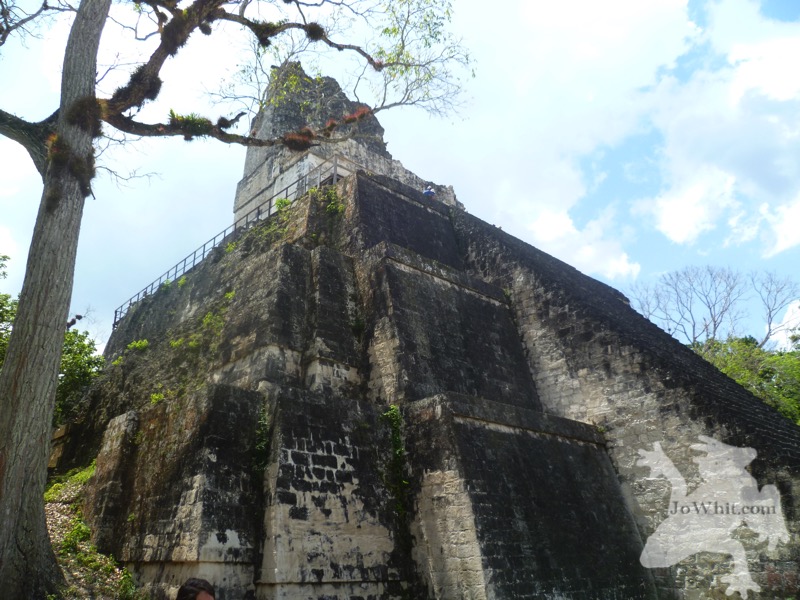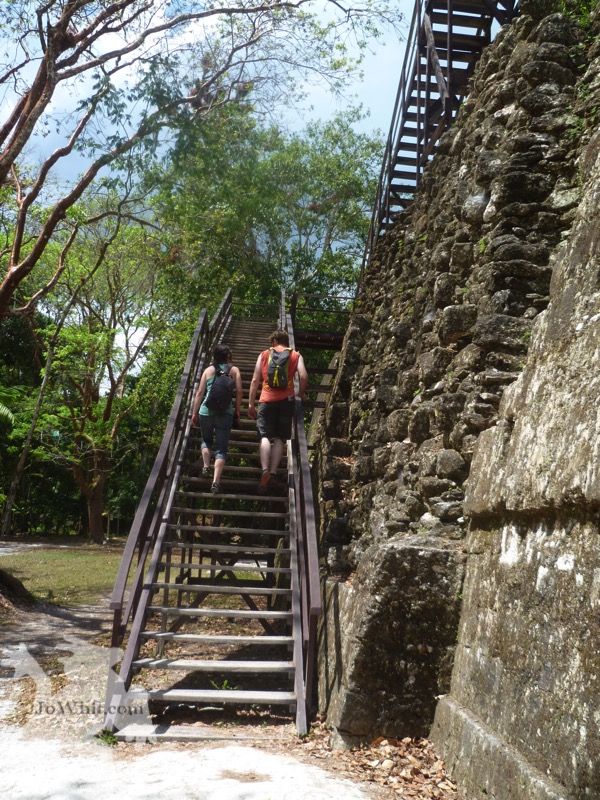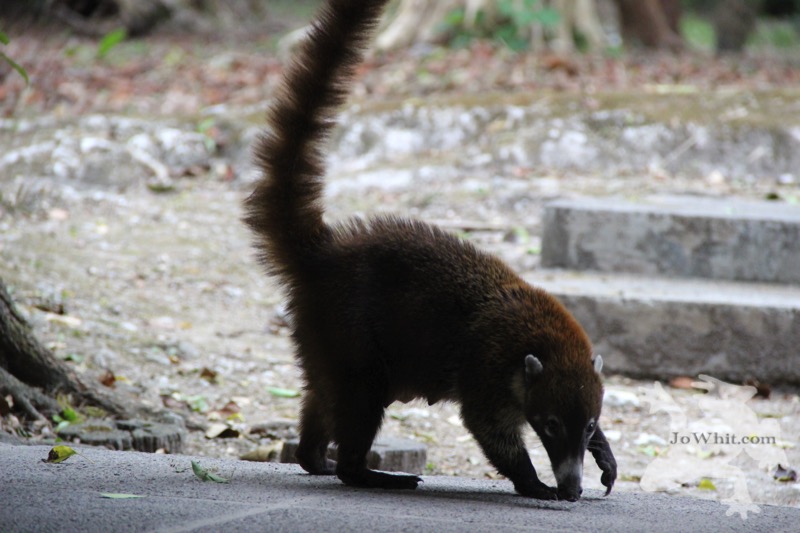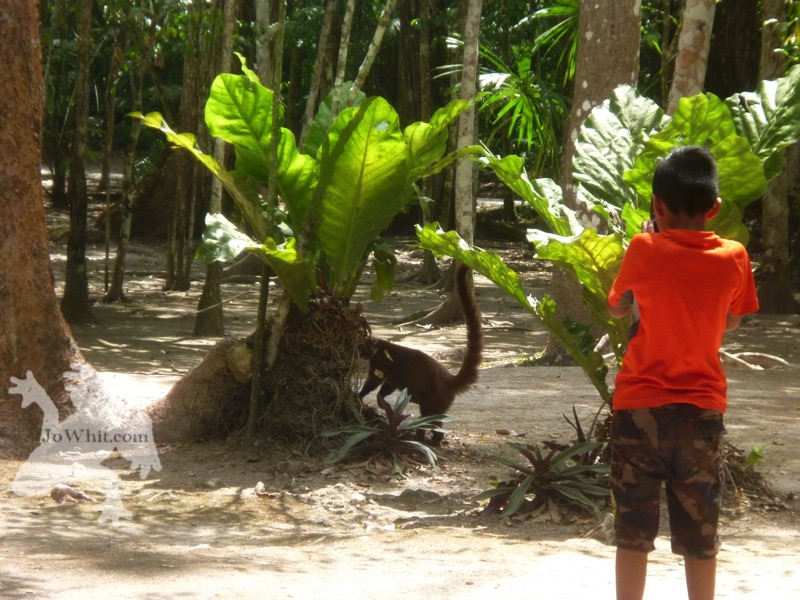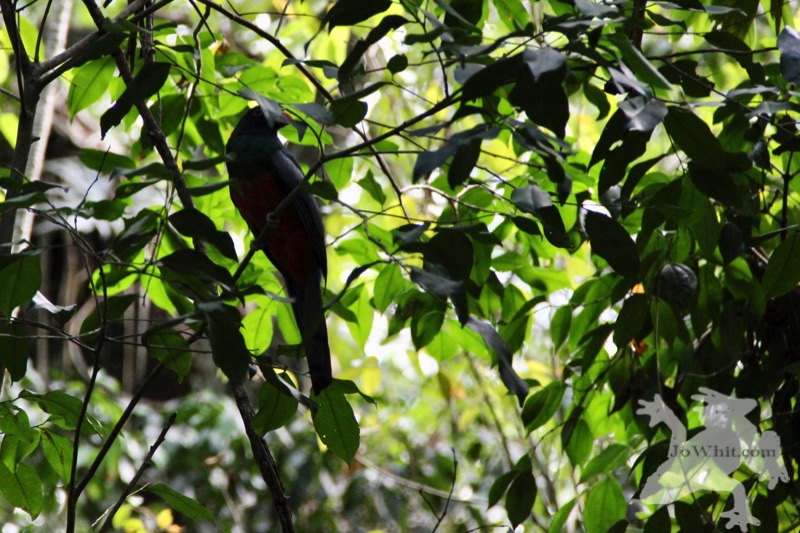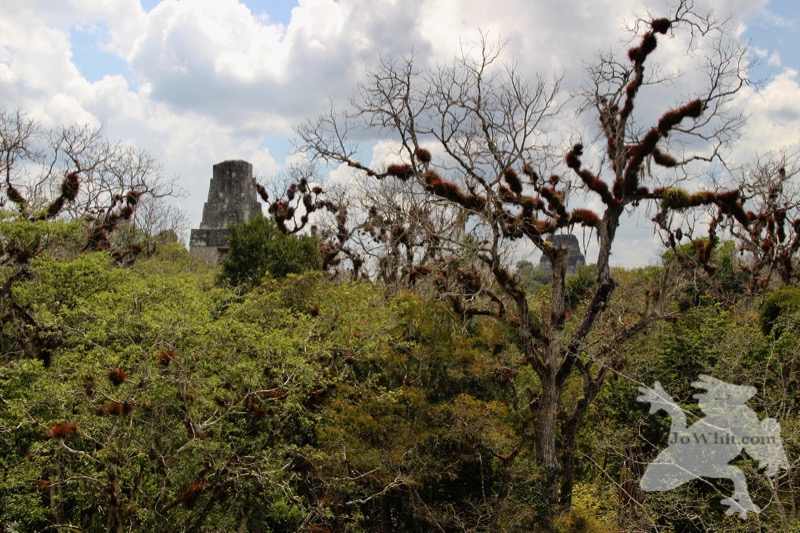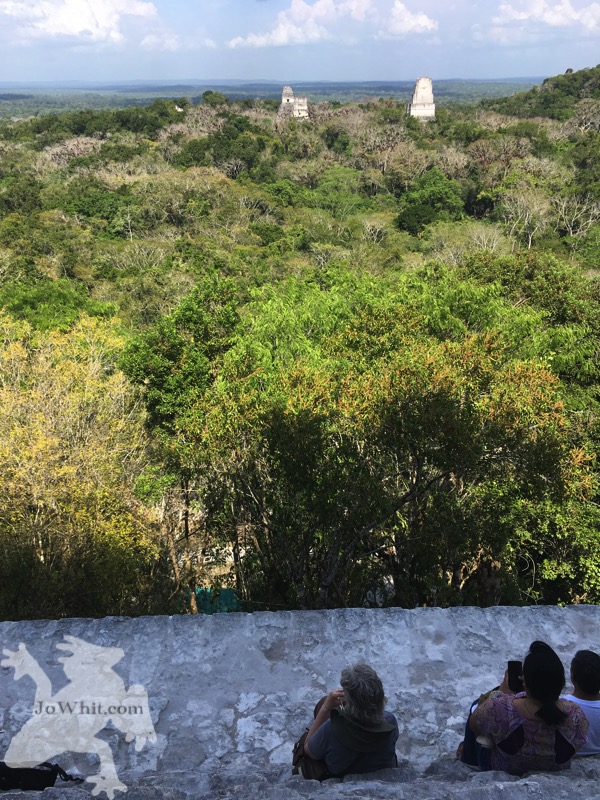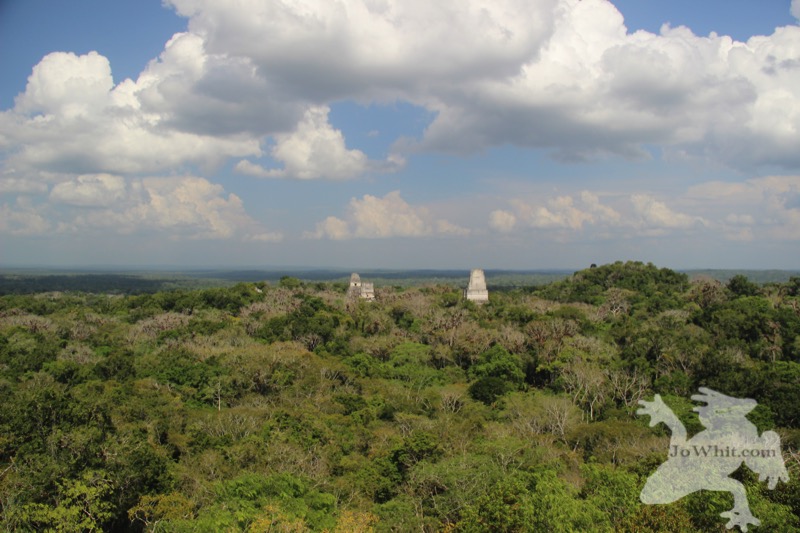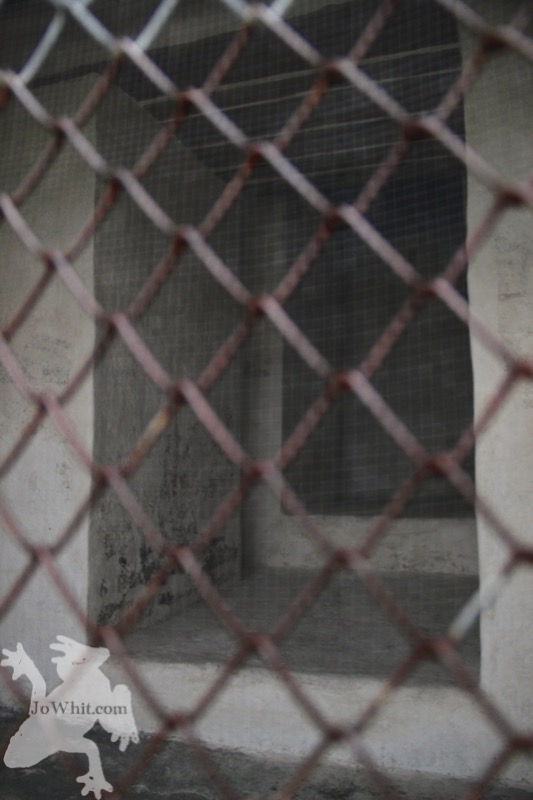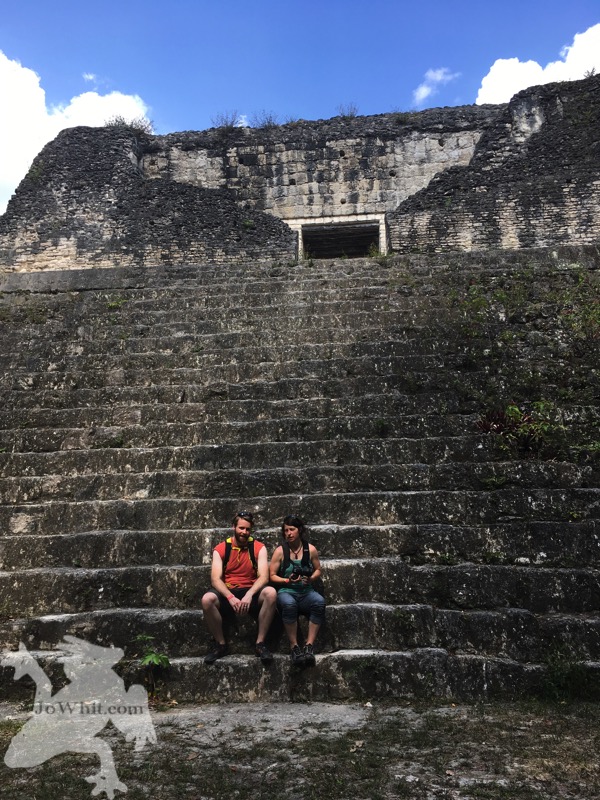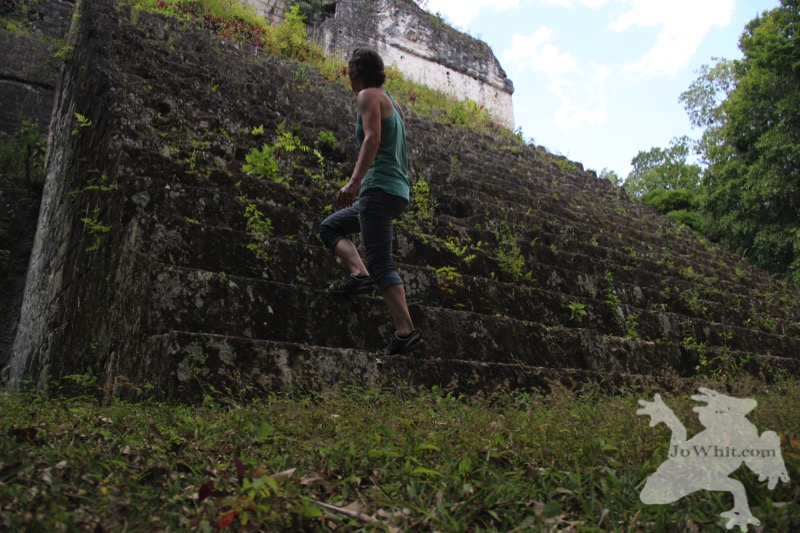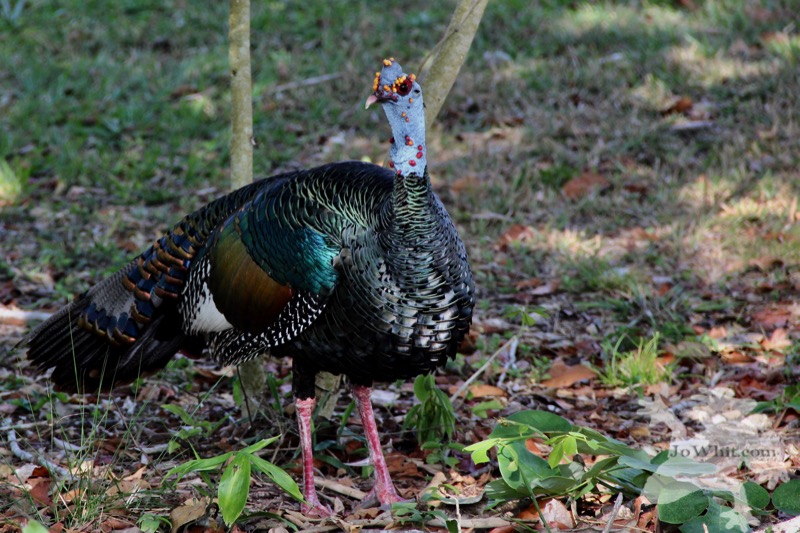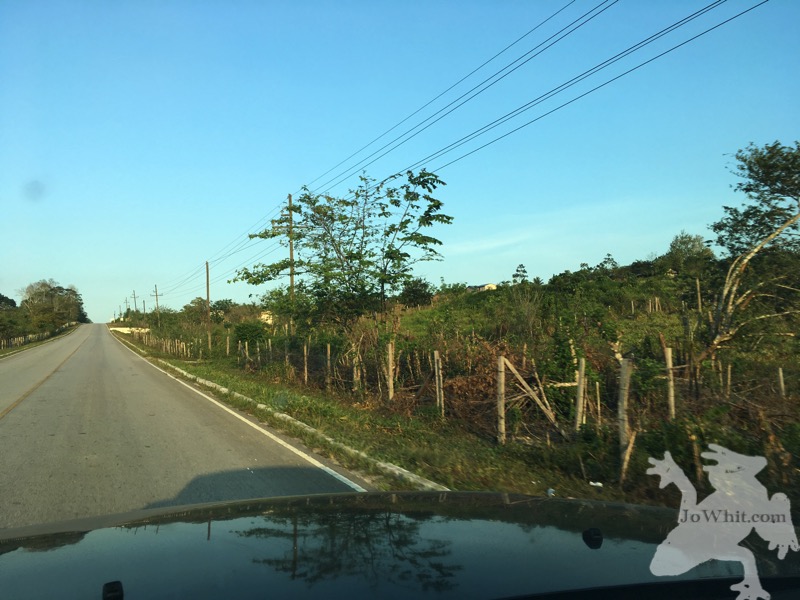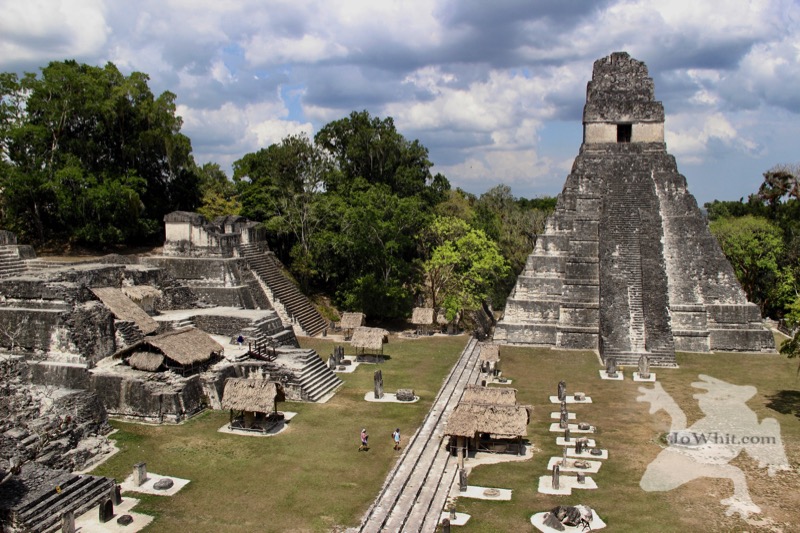
Saturday, May 12th
After leaving the beautiful house for the second time – possibly because I’d left the bug spray on the bedpost – we made our way north along highway PET-3. I wondered if I should have waved as we slowly rolled past the neighbor lady a second time. She had looked up from the tortillas she had been rolling out and paused to watch but didn’t wave either so I figured it was ok especially since it is a policy with me to avoid drawing attention.
Not drawing attention is a difficult technique to master. It takes years which explains why some people can still see me. I’m still a devoted student of the art. Diving behind walls or flatting yourself to the ground when cars pass are only the beginning and honestly, are very elementary strategies. Holding perfectly still is a little better but I have noticed that holding still while your clothing or, say, skin color are different from the rest of the crowd can actually have the opposite effect so it should be done with care. Personally, I prefer the more subtle approach which is why I often wear jeans when traveling instead of expensive travel or hiking boutique gear. The only piece of clothing more universal than a t-shirt is jeans which is why I often wear jeans and a t-shirt. The only problem with this strategy is when the weather is over 90 degrees and muggy but I don’t think the sweat stains draw that much attention.
Anyway, after leaving the house and 30 minutes of whizzing past forests and farmland, we arrived at the giant gate marking the entrance to the Tikal complex.
It is a true travel proverb that most people offering free advice are about to charge you for it. The guy in Beijing offering to show you a special way into the Summer Palace is actually taking you to his art studio and the kid helpfully directing you through Customs charges a separate fee. One effective way out of that situation once you’re in it is to actually have no money. This is a great technique should the don’t-draw-their-attention technique have failed. Unfortunately, this technique is less effective with grocery store cashiers and I have found that trying to explain to the lady in bad Chinese that “meiyou chen” (I don’t have money) and leaving the items on the counter is not very desirable.
Previous
Next
By the time we’d each paid the 150 Quetzales ($19.84) entrance fee, we just didn’t have enough left to hire the guide who had guided us through the gate since we also wanted to eat that day. As I recall, he wanted about 500 GTQ but would settle for 300 GTQ. But as the map was 20 GTQ, we opted for that.²
There are plenty of videos on YouTube about Tikal. Usually they are taken from a selfie stick and if you watch closely, you’ll be able to see the UNESCO World Heritage site just behind the speakers head so I don’t feel a need to play tour guide. If you’re curious, they’re pretty easy to find under “My Incredible/EPIC!/AWESOME!!! trip to Tikal.”
But since this blog is nothing if not educational, I feel it incumbent upon me to just fill in a little background so the pictures make sense.
Tikal was discovered in 1848 by two Peten officials, the Coronel Modesto Mendez and Ambrosio Tut – at least “officially” – since it had been noted about 200 years before by a Franciscan priest who mentioned seeing “old buildings” while wandering lost and starving through the Peten region after his group had been abandoned by their guide. The name of a hamlet called “Tikal” was mentioned again in 1648.¹
In 1955, Tikal opened to the public. It is one of the largest Mayan historical sites in Mesoamerica and according to someone else’s guide, was built around 800 BC. At its height it housed between 125,000 and 150,000 people in an area 24×24 km (approx. 15×15 miles). By 900 AD it had been abandoned. There are lots of videos on youtube speculating about what happened to the Mayans but I don’t hear much about where they came from, which, in a way, is just as interesting.
According to their legends, they were created by Tepeu and Gucumatz. It apparently took three tries: they gods first tried to make them from clay, but they were too frail and broke apart. So they tried wood but the wood people were mindless and had to be destroyed…except for those that the gods permitted to escape; they became monkeys. For the third try, the gods mashed corn and made four men from the paste…which literally makes them children of the corn, hence, the Maya. They were perfect – too perfect, so the gods restricted their sight and understanding so that they wouldn’t be gods themselves. But they could still speak, praise their creators, and take care of the earth, which is what Tepeu and Gucumatz were going for. Satisfied, they made four women as well and you can fill in the rest.
Back to Tikal: the guide said the cause of the city’s decline was due to a mix of overpopulation and lack of resources – which are kinda the same thing if you think about it because a population only gets stuck with the ominous “over” prefix when they don’t have enough resources. For example, there are much larger cities that weren’t overpopulated and much smaller cities, in desert places, that were.
The lack of resources might be explained by several droughts that preceeded the decline. There was also a lot of temple construction around that time which has been explained either as careless decadence (a certain indicator that a civilization is about to implode) or a final plea to the Mayan gods to send rain. Apparently the lower class was also beginning to lose faith in the wealthy, ruling class, which probably didn’t help the whole situation either.
The guide said the people of Tikal moved north into what is now Mexico which would be convenient since the Mayan cities on the Yucatan Peninsula began to rise after 900 AD.
I don’t know how germane this is, but apparently some locals had tried to establish a settlement near the ruins around the end of the 1800s and they died of fever. The lone survivor became a guide and related the story to the English explorer Alfred Maudslay. Drinking water also seemed to be hard to come by.¹
Anyway, it’s pretty impressive for an ancient city considering that Babylon, which seems to have been the largest city in the world in 1600 BC, was just over 200,000. In 432 BC Athens had around 140,000 people. A few hundred years after Tikal fell into disrepair, Angkor Wat was rising on the other side of the world (in Cambodia, which was the Khmer Empire at the time). Angkor won the population game with over 1,000,000 people. There wasn’t a larger city until the Industrial Revolution.³
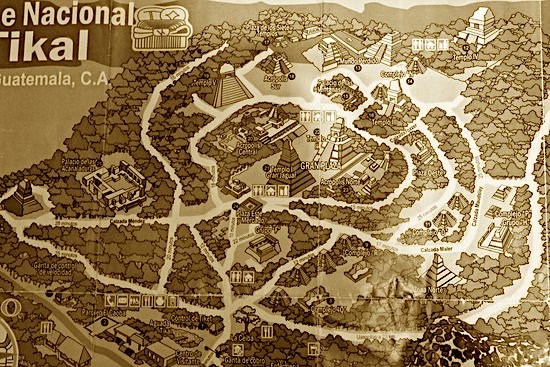
All that to say, Tikal is nothing to sneeze at. It’s big and impressive. We didn’t exactly get “lost” while wandering around for 4 hours because frankly, we couldn’t tell from the map where we were. So I can’t be sure that we weren’t where we thought we were. I have seen three versions of that map and each one has north in a different place so I can’t even be sure the cartographers knew where they were. I think it was pretty underhanded of the tourist bureau cartographers to draw pictures of stone pyramids while in actuality those pyramids looked like pointy hills covered in jungle. They didn’t even have the curtesy to excavate one side.
Thankfully, all the big pyramids were at least halfway uncovered. At least I assume so. I never did figure out where the 100,000+ people were living. I guess their homes were probably wood and thatch and so were digested by the jungle a long time ago. There were a few stone outlines that were labeled as upper class housing but they were few and far between.
The animals were also few and far between though we did manage to spot a few wood people, I mean howler monkeys, a great currasow, some coatimundi’s (ferocious predators of tourist’s snacks), and an iridescent/ocellated turkey.
If you go there yourself, I recommend watching a few documentaries beforehand. I personally like wandering alone so if you want a guide, just hire him for 2-3 of your 6 hours. That way you can take more breaks to enjoy the shade in-between getting lost.
Footnotes:
Historical Archaeology at Tikal, Guatemala: Tikal Report 37. See excerpt here to feel like a real live armchair archaeologist.
Just so you know, I’m not against local guides. It’s nice to know what you’re looking at. It just usually ends up being a fiscal choice… between a guide and eating that day.
- livescience.com/23841-angkor-wat.html
